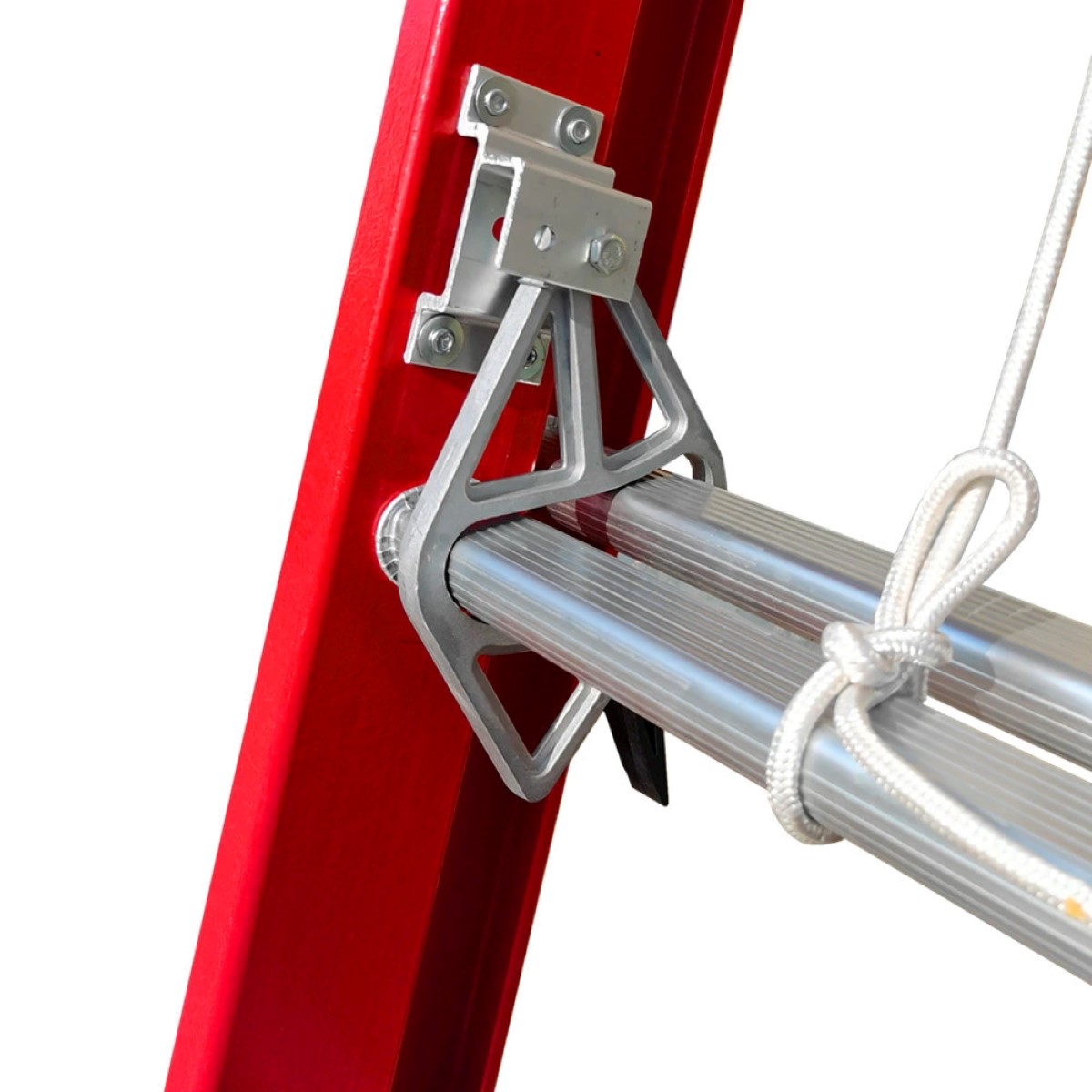

Articles
How To Lock Extension Ladder
Modified: April 22, 2024
Learn how to securely lock your extension ladder in place with this informative article. Ensure safety and stability with these expert tips and techniques.
(Many of the links in this article redirect to a specific reviewed product. Your purchase of these products through affiliate links helps to generate commission for Storables.com, at no extra cost. Learn more)
Introduction
Welcome to our guide on how to lock an extension ladder! Extension ladders are an essential tool for various tasks, such as painting, cleaning gutters, or reaching high places. However, it’s crucial to ensure the ladder is securely locked in place before use to prevent accidents and ensure your safety. In this article, we will walk you through the steps to properly lock your extension ladder.
Before we begin, it’s important to note that extension ladder locking mechanisms may vary depending on the brand and model of your ladder. Make sure to consult the manufacturer’s instructions for specific guidance if available. With that said, let’s get started!
Key Takeaways:
- Properly securing your extension ladder is crucial for safety. Gather tools, inspect the ladder, choose a suitable locking mechanism, install and test it, and always prioritize safety when using the ladder.
- Regularly inspect and maintain your ladder and locking mechanism to ensure safety. Always follow proper ladder safety practices and additional precautions for specific tasks and environments.
Read more: How To Lock An Electrical Cord
Step 1: Gather Necessary Tools and Equipment
Before you begin locking your extension ladder, it’s essential to gather the necessary tools and equipment to complete the process effectively. Here’s a list of items you will need:
- Extension ladder
- Ladder lock or locking mechanism
- Measuring tape
- Pencil or marker
- Screwdriver
- Wrench (if required)
Ensure that you have all the tools and equipment listed above before moving on to the next step. Having everything readily available will make the process smoother and save you time searching for missing tools.
Step 2: Inspect the Extension Ladder
Before installing a locking mechanism on your extension ladder, it’s essential to thoroughly inspect the ladder for any damage or defects. Inspecting your ladder will help ensure that it is in good working condition and safe to use. Follow these steps to inspect your extension ladder:
- Start by examining the ladder rungs and side rails. Check for any signs of wear, cracks, or bent areas. If you notice any damage, it’s important to address it before proceeding to lock the ladder. Replace any damaged parts or consider professional repairs if needed.
- Inspect the ladder’s locking mechanisms, such as the rung locks or extension locks. Ensure that they are functioning properly and securely holding the ladder in place. If you find any issues with the locking mechanisms, consult the manufacturer’s instructions or seek professional help to repair or replace them.
- Check the ladder’s feet or base for any signs of wear or damage. Make sure the ladder’s feet are intact and have non-slip grips for stability. Replace any worn-out or damaged feet to ensure a secure footing.
- Inspect the ladder’s overall stability by shaking it lightly to check for any wobbling or looseness. If the ladder feels unstable, refrain from using it until you can address the issue.
Remember, it’s crucial to address any ladder defects or damage before attempting to lock it. Using a compromised ladder can lead to accidents and injuries. If you are unsure about the ladder’s condition or need assistance with repairs, consult a professional or contact the ladder manufacturer for guidance.
Step 3: Find a Suitable Locking Mechanism
Once you have inspected your extension ladder and ensured it is in good condition, the next step is to find a suitable locking mechanism. There are various types of locking mechanisms available, and you need to choose one that is compatible with your ladder and provides a secure locking solution. Here are a few options to consider:
- Ladder Locks: These are specialized devices designed specifically for securing extension ladders. Ladder locks typically consist of a metal bracket or clamp that attaches to one of the ladder rungs, preventing the ladder sections from sliding or collapsing. Ladder locks are easy to install and provide a sturdy locking solution.
- Bolt or Padlock: In some cases, a simple bolt or padlock can be used to secure the ladder. This method involves drilling a hole through the overlapping sections of the ladder and inserting a bolt or padlock to prevent the ladder from sliding or separating. Make sure to choose a high-quality bolt or padlock that is strong and durable.
- Velcro Straps or Ropes: For a more flexible and adjustable locking solution, you can use velcro straps or ropes to secure the ladder sections. Simply wrap the straps or ropes tightly around the ladder and secure them in place. While this method may not provide the same level of security as other locking mechanisms, it can serve as a temporary solution for light tasks.
Consider your specific needs and the type of work you will be doing with the ladder when selecting a locking mechanism. It’s important to choose a mechanism that is easy to install, provides a firm lock, and can withstand the weight and force applied to the ladder during use.
Additionally, make sure to purchase the locking mechanism from a reputable manufacturer or supplier to ensure its quality and reliability. If you are uncertain about which locking mechanism to choose or need assistance, consult with a knowledgeable professional or seek advice from the ladder manufacturer.
When locking an extension ladder, make sure the rung locks are engaged and secure before climbing. Always follow the manufacturer’s instructions for proper locking and use.
Step 4: Install the Locking Mechanism
Once you have chosen a suitable locking mechanism for your extension ladder, it’s time to proceed with the installation. Follow these steps to properly install the locking mechanism:
- Refer to the manufacturer’s instructions: Each locking mechanism may have specific installation instructions provided by the manufacturer. It’s important to carefully read and follow these instructions to ensure the proper installation of the locking mechanism.
- Determine the location: Depending on the type of locking mechanism, you may need to attach it to a specific rung or section of the ladder. Measure and mark the desired location using a measuring tape, pencil, or marker.
- Prepare the ladder: Before attaching the locking mechanism, make sure the ladder is fully extended and in the desired position. Ensure that the ladder rungs are aligned and the ladder is stable.
- Attach the locking mechanism: Following the manufacturer’s instructions, securely attach the locking mechanism to the designated location on the ladder. This may involve tightening screws, fastening bolts, or using other provided attachment methods.
- Double-check the installation: Once the locking mechanism is installed, give it a thorough inspection to ensure it is securely in place. Test the mechanism by gently applying pressure and verifying that the ladder remains stable and locked.
It’s important to ensure that the locking mechanism is properly installed and functioning correctly before using the ladder. Any loose or faulty installation can compromise the ladder’s stability and increase the risk of accidents.
If you encounter any difficulties during the installation process or are unsure about any steps, consult the manufacturer’s instructions or seek assistance from a professional. Proper installation is crucial for the effective locking and safe use of your extension ladder.
Step 5: Test the Locking Mechanism
Once you have installed the locking mechanism on your extension ladder, it’s crucial to test it to ensure it is functioning correctly before using the ladder for any tasks. Follow these steps to properly test the locking mechanism:
- Ensure the ladder is properly positioned: Make sure the ladder is fully extended, and the locking mechanism is engaged. Double-check that all sections and rungs are aligned and securely locked in place.
- Apply pressure to the ladder: Test the locking mechanism by gently applying pressure to different parts of the ladder. This can be done by pushing or moving the ladder sideways. Observe if the locking mechanism effectively holds the ladder in place and prevents any sliding or collapsing.
- Check for stability: As you apply pressure, pay attention to the ladder’s stability. It should remain sturdy and not wobble or sway. If you notice any instability or movement, it may indicate a problem with the locking mechanism.
- Perform multiple tests: Repeat the testing process multiple times, applying varying amounts of pressure. This will help ensure that the locking mechanism consistently performs as expected.
During the testing process, closely observe the behavior of the locking mechanism and the ladder. Look for any signs of weakness, loosening, or malfunctioning. If you notice any issues, do not use the ladder and investigate the problem further before attempting to lock and use the ladder.
It’s important to exercise caution and thoroughness when testing the locking mechanism. A reliable and functional locking mechanism is vital to ensure your safety while using the ladder.
If you encounter any difficulties or concerns during the testing process, consult the manufacturer’s instructions or seek assistance from a professional. Do not hesitate to address any issues before proceeding to use the ladder.
Step 6: Securely Lock the Extension Ladder
After successfully testing the locking mechanism on your extension ladder, it’s time to securely lock the ladder before use. Follow these steps to ensure a proper and secure lock:
- Position the ladder: Place the ladder in the desired location, ensuring it is on a stable and level surface. Confirm that the ladder is fully extended and aligned.
- Engage the locking mechanism: Activate the locking mechanism according to the manufacturer’s instructions. This may involve flipping a lever, tightening a screw, or applying pressure to engage the lock.
- Verify the lock: Once the locking mechanism is engaged, double-check that the ladder is securely locked. Gently tug on the ladder or apply slight pressure to confirm that it remains stable and does not slide or collapse.
- Use additional safety measures if necessary: Depending on the task and environment, you may want to consider additional safety measures, such as using stabilizer bars, tying off the ladder, or having a spotter present. Evaluate the situation and take appropriate precautions to ensure your safety.
Remember to follow the manufacturer’s instructions for your specific locking mechanism and ladder model. Different locking mechanisms may have unique locking and unlocking processes.
By properly securing the extension ladder, you significantly reduce the risk of accidents and ensure a stable platform for your work. Regularly inspect the ladder and the locking mechanism for any signs of wear or damage, and address any issues promptly to maintain a safe working condition.
Lastly, always use caution and follow proper ladder safety practices when working at heights. Maintain three points of contact, avoid overreaching, and never exceed the ladder’s weight capacity.
With your extension ladder securely locked, you can now confidently continue with your tasks, knowing that you have taken the necessary precautions for your safety.
Conclusion
Locking an extension ladder is a crucial step to ensure your safety and prevent accidents while working at heights. By following the steps outlined in this guide, you can properly secure your ladder and have peace of mind knowing it is stable and locked in place.
Remember to start by gathering the necessary tools and equipment, such as a ladder lock or other suitable locking mechanism. Inspect your ladder for any damage or defects before proceeding with the installation. Choose a locking mechanism that is compatible with your ladder and provides a secure lock.
Installing the locking mechanism requires careful attention to detail and following the manufacturer’s instructions. Once installed, it’s important to test the locking mechanism to ensure it functions correctly and holds the ladder securely. Only when you are confident in the lock’s reliability should you proceed with using the ladder.
Always prioritize safety and make sure to securely lock the extension ladder before each use. By properly locking the ladder, you minimize the risk of accidents and create a stable platform for your work. Regularly inspect the ladder and locking mechanism for any signs of wear or damage, addressing any issues promptly.
Lastly, it’s essential to adhere to proper ladder safety practices at all times. Maintain three points of contact, avoid overreaching, and be mindful of the ladder’s weight capacity. Additional safety measures, such as using stabilizer bars or having a spotter, may be necessary for specific tasks and environments.
By following these guidelines, you can confidently lock your extension ladder and work safely at heights. Remember, ladder safety should always be a top priority, and regular maintenance and inspections are key to ensuring your ladder’s longevity and functionality.
Now that you have the knowledge to lock your extension ladder correctly, go ahead and tackle your projects with confidence and safety!
Frequently Asked Questions about How To Lock Extension Ladder
Was this page helpful?
At Storables.com, we guarantee accurate and reliable information. Our content, validated by Expert Board Contributors, is crafted following stringent Editorial Policies. We're committed to providing you with well-researched, expert-backed insights for all your informational needs.
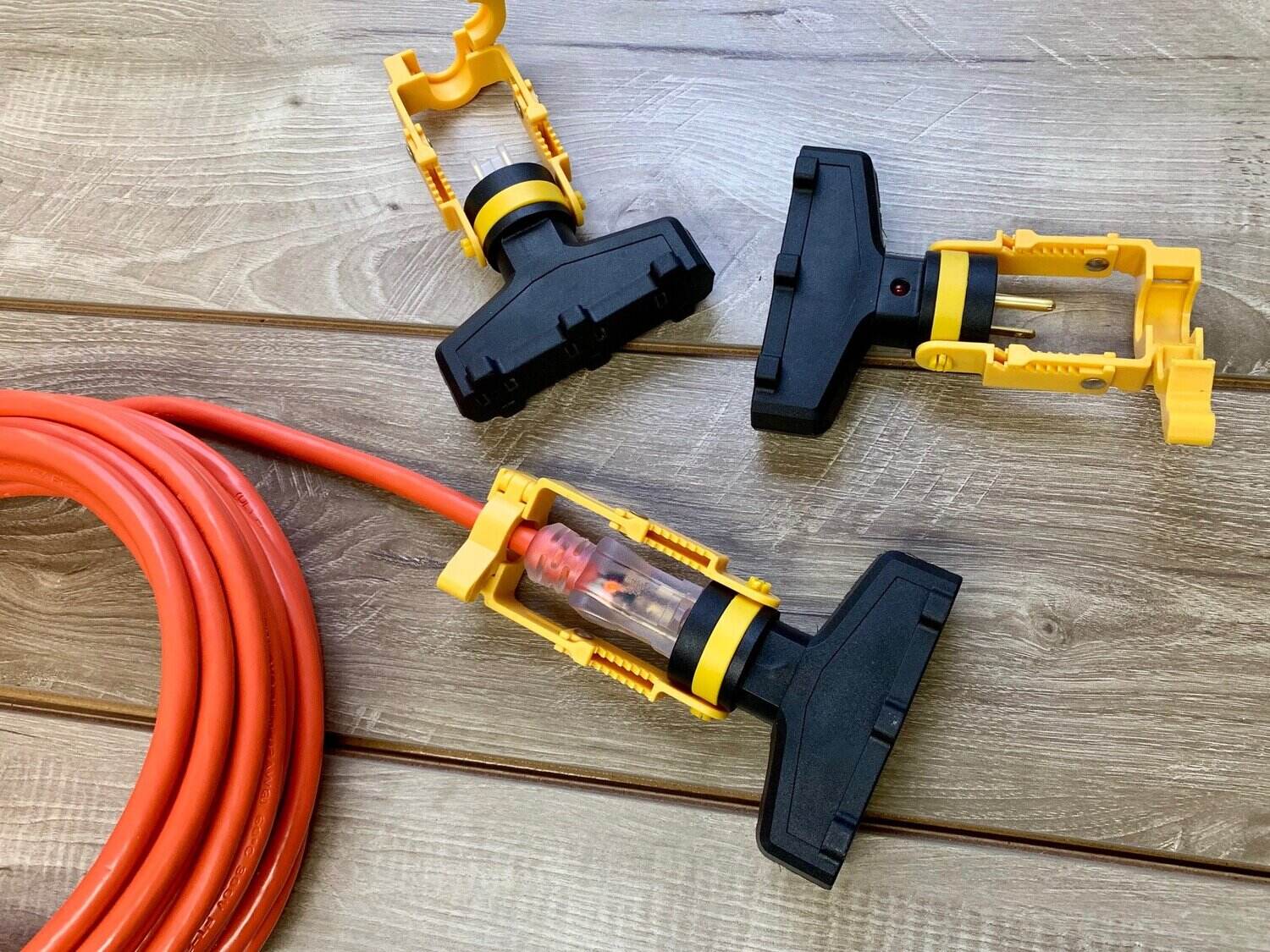
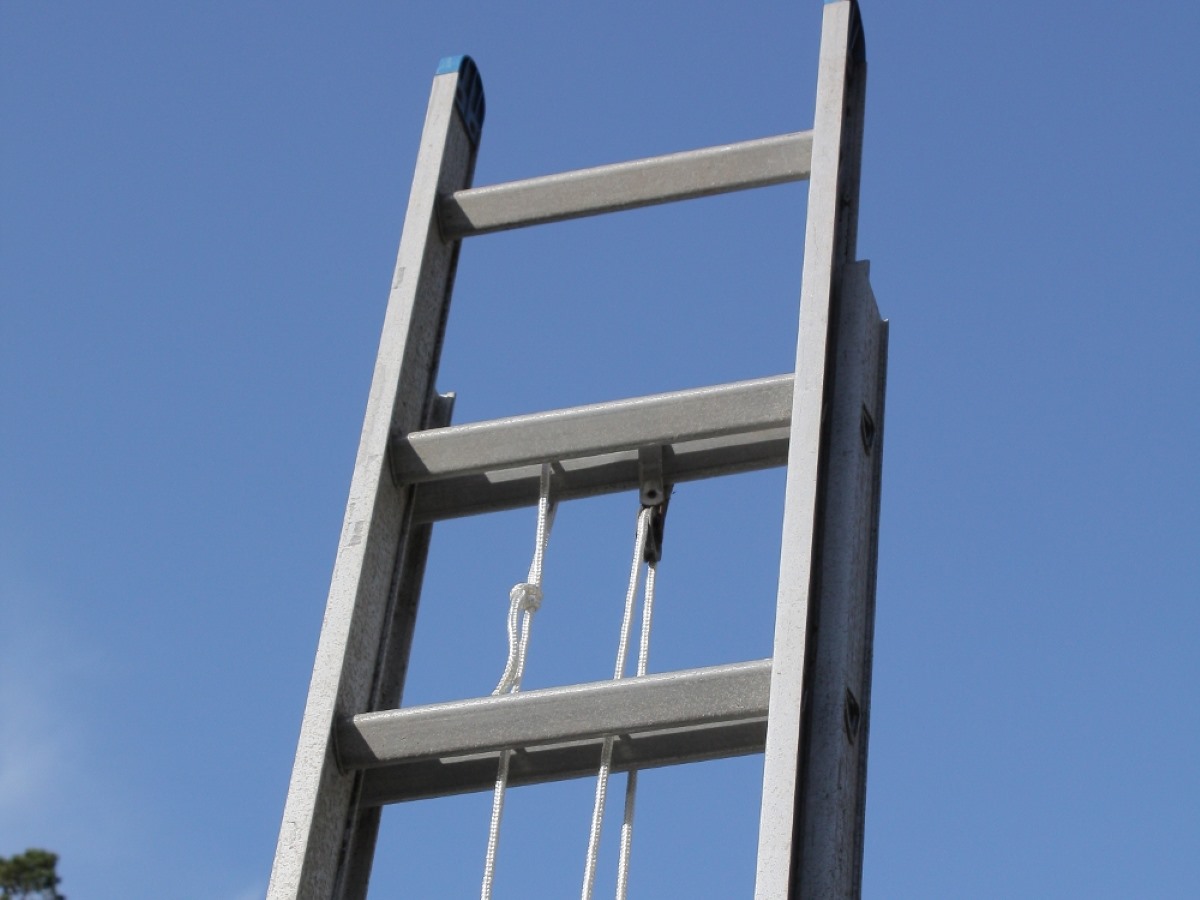
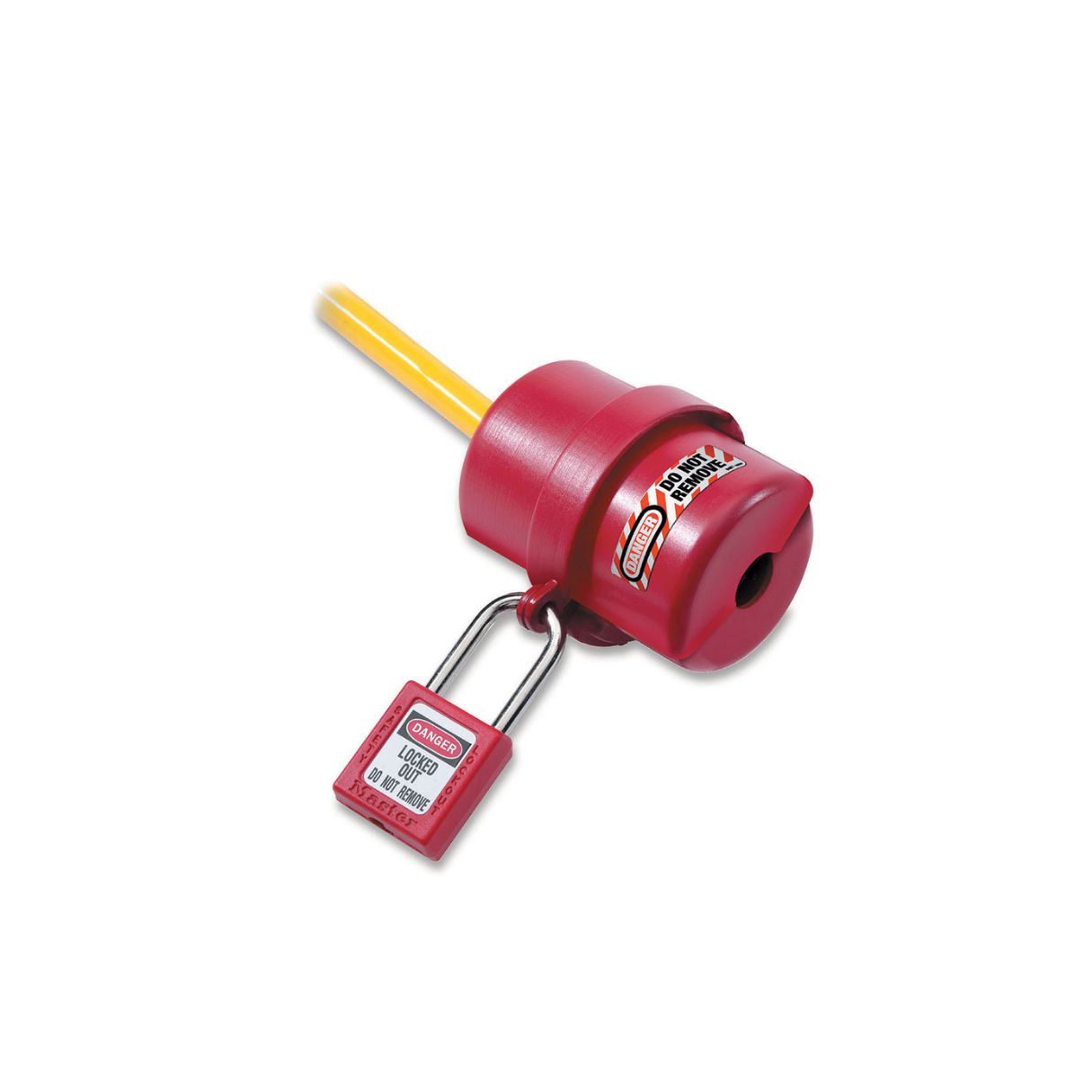
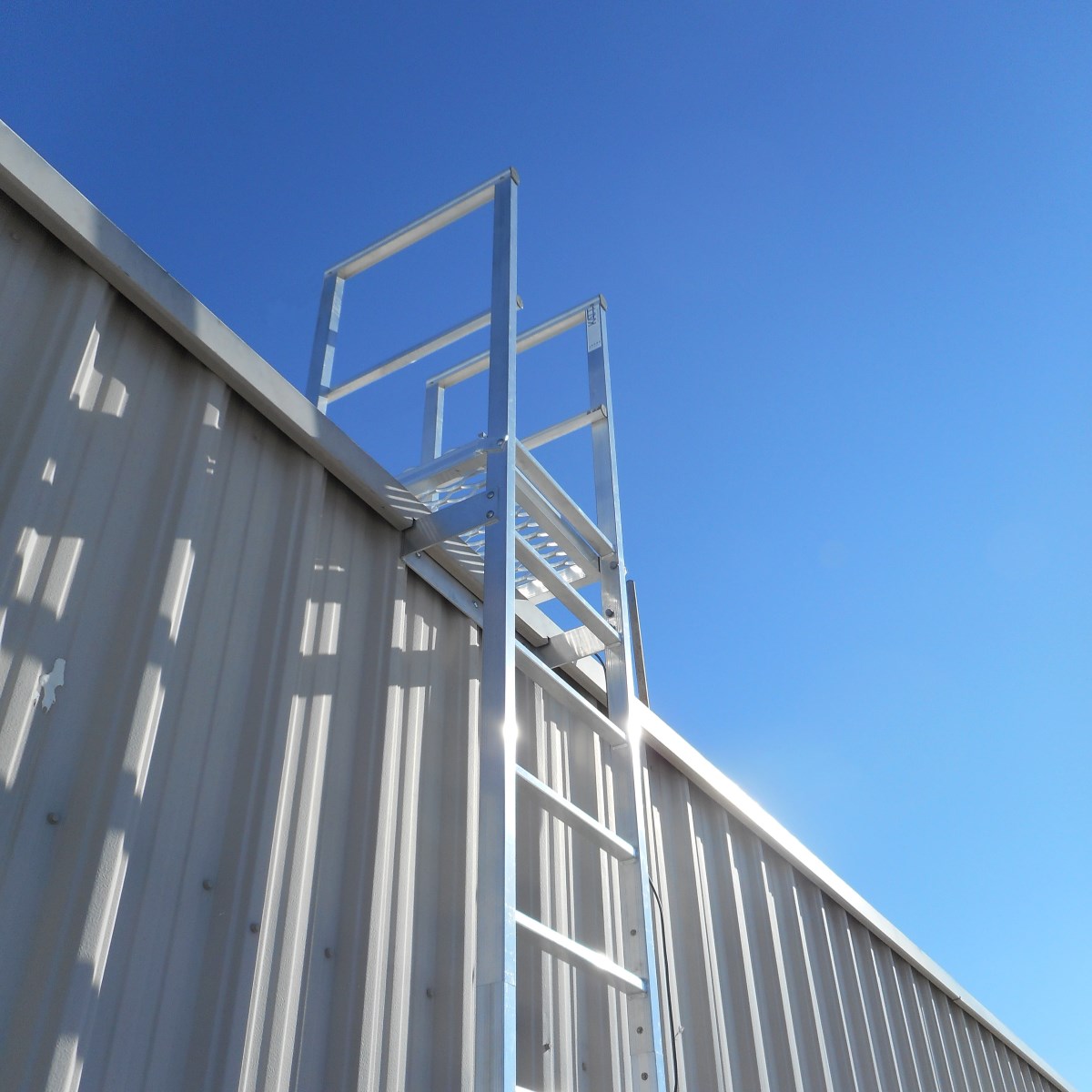
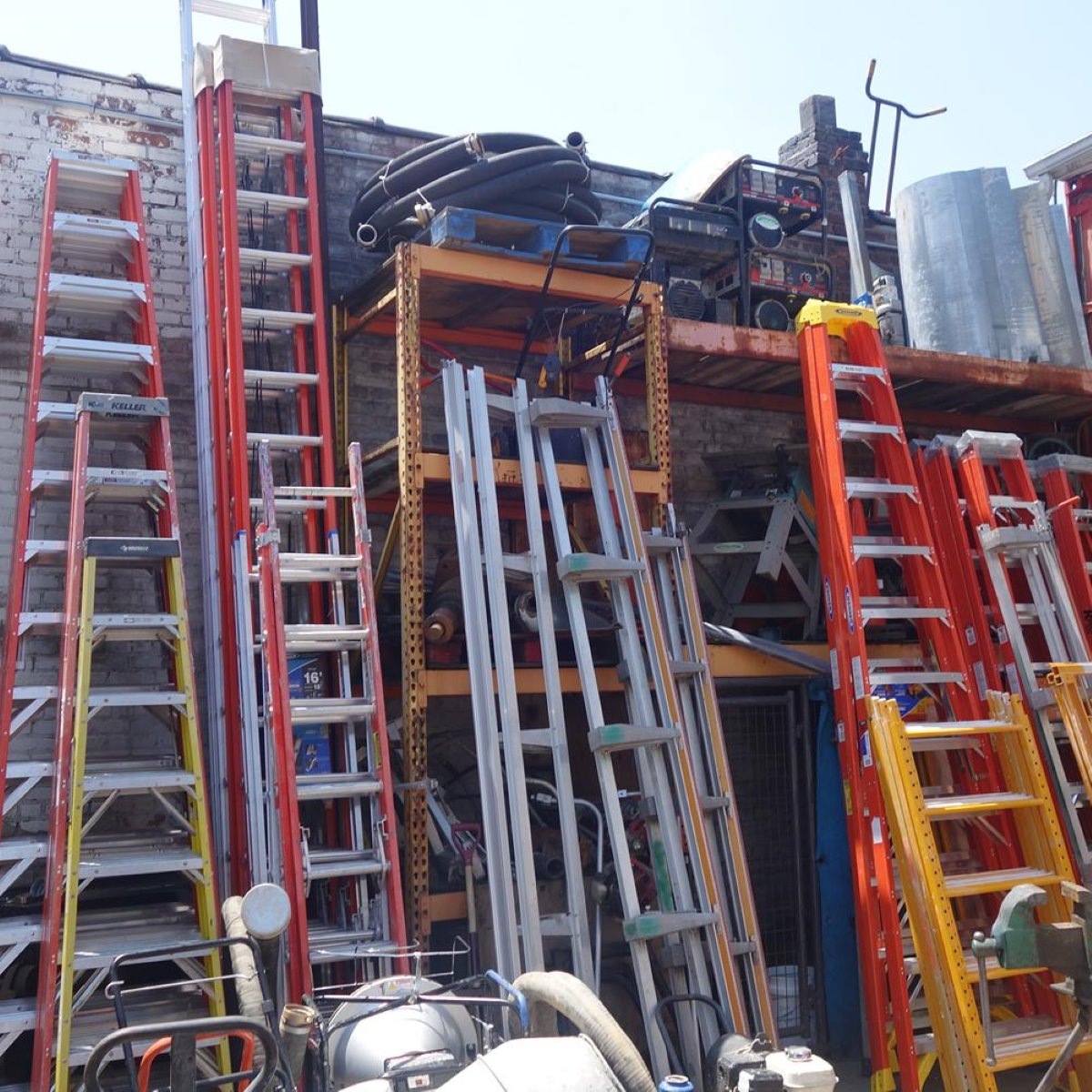


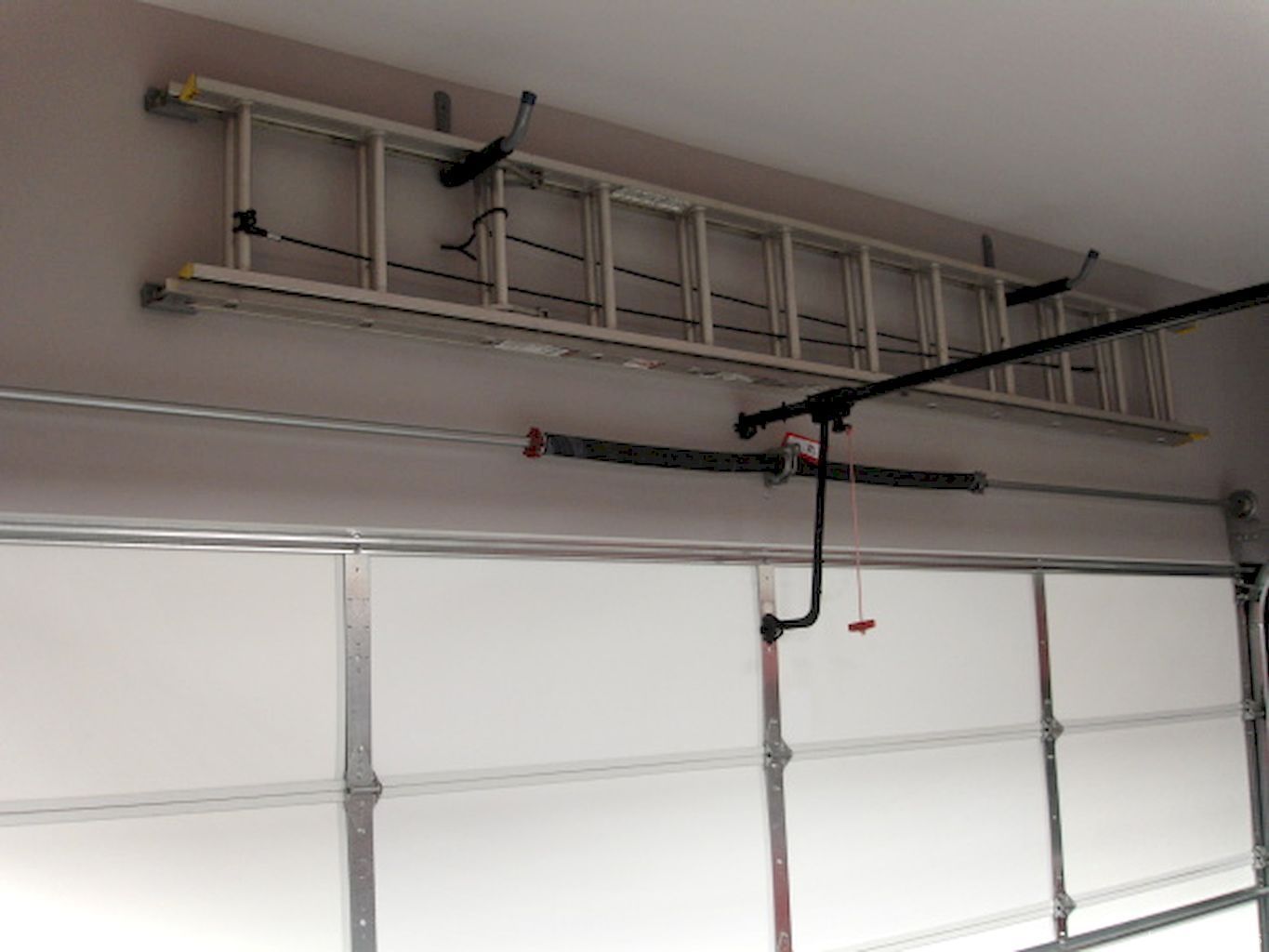
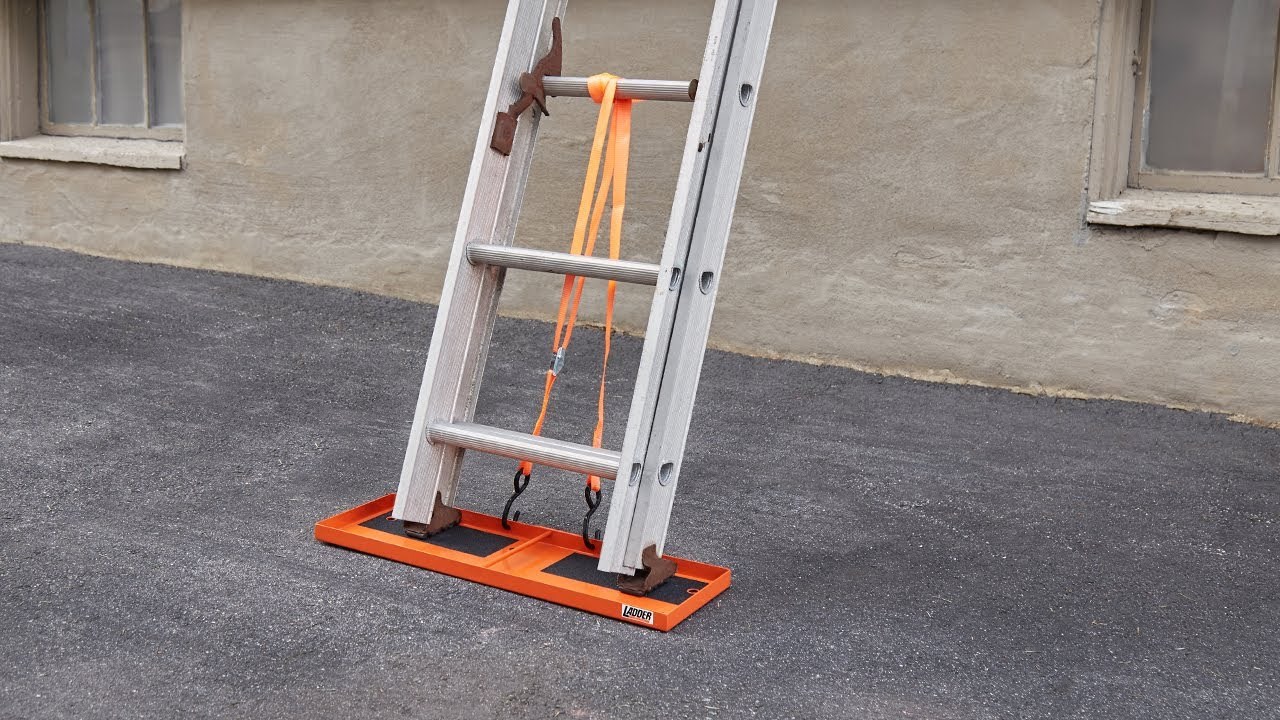
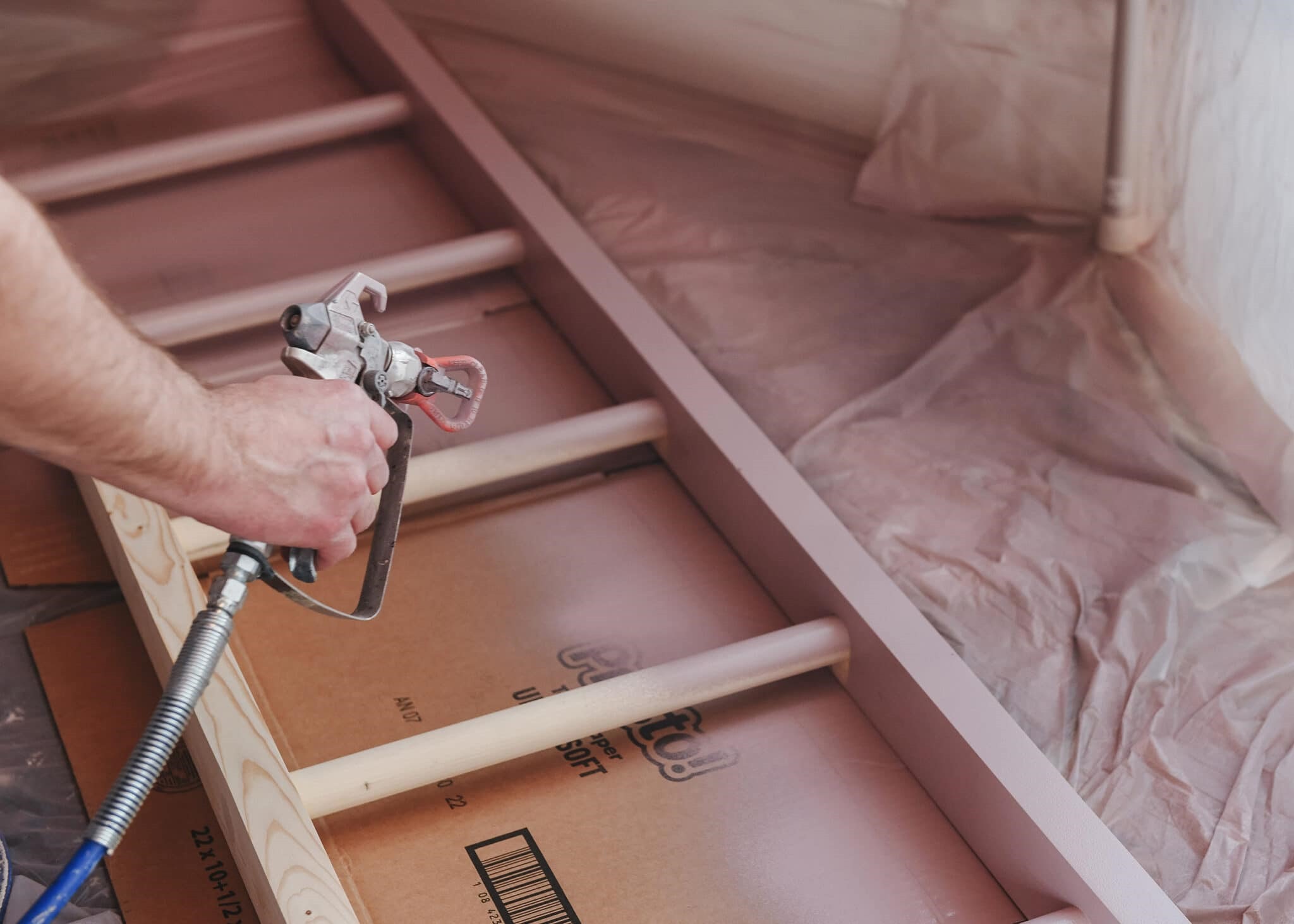
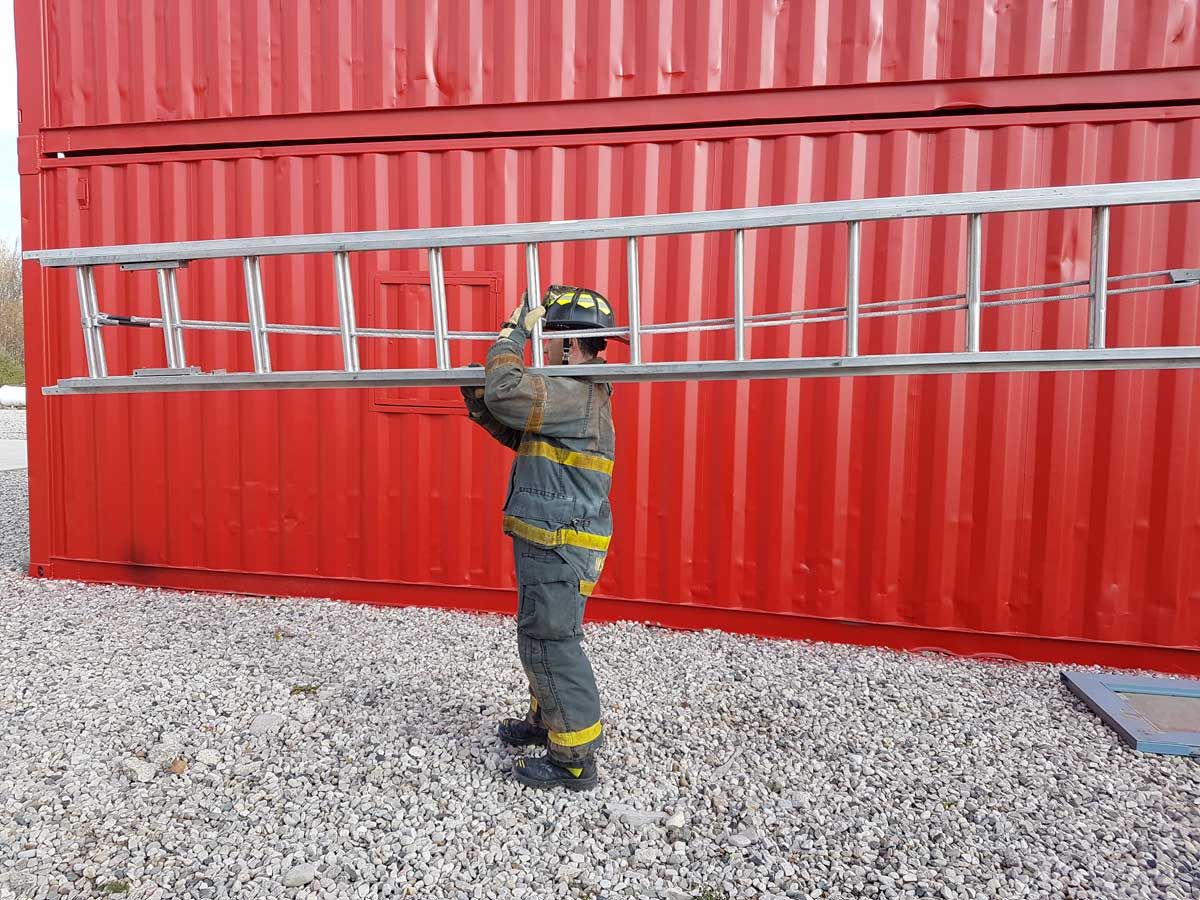
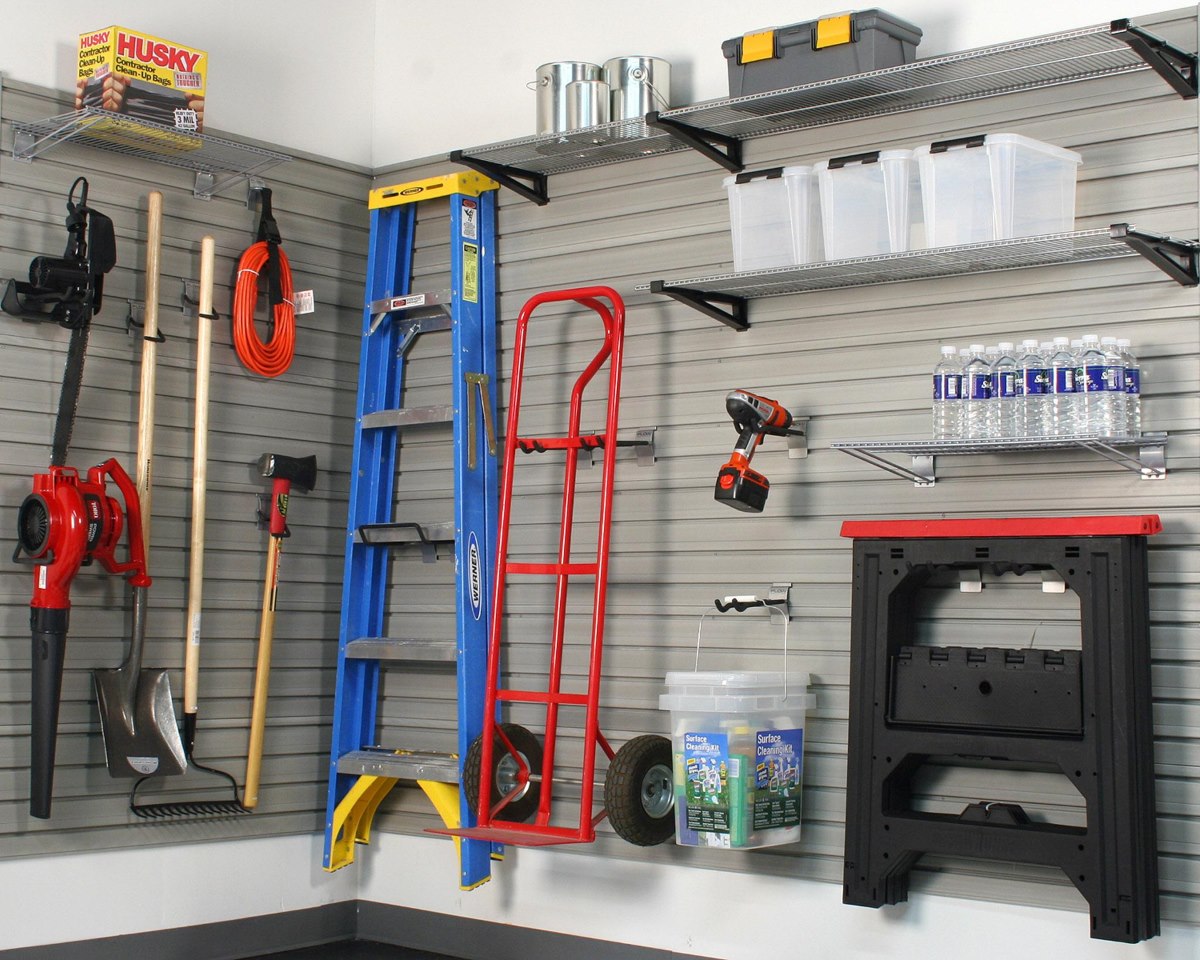
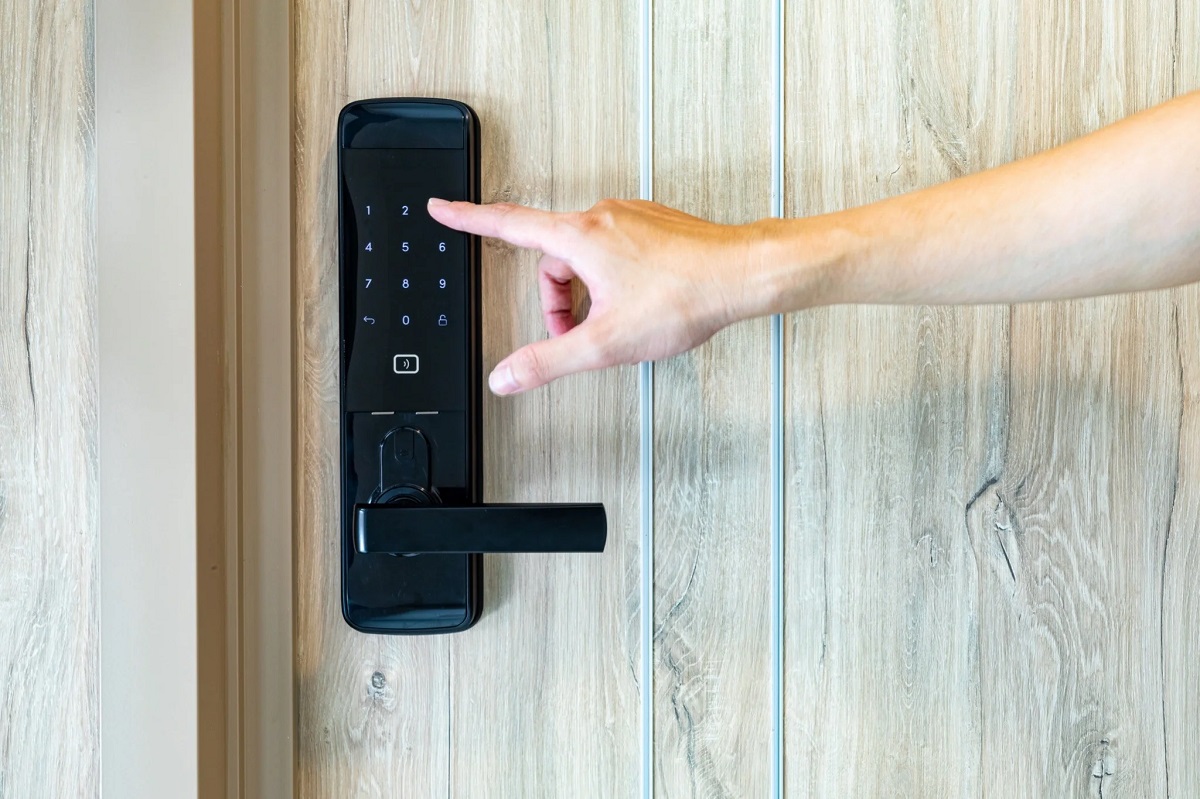
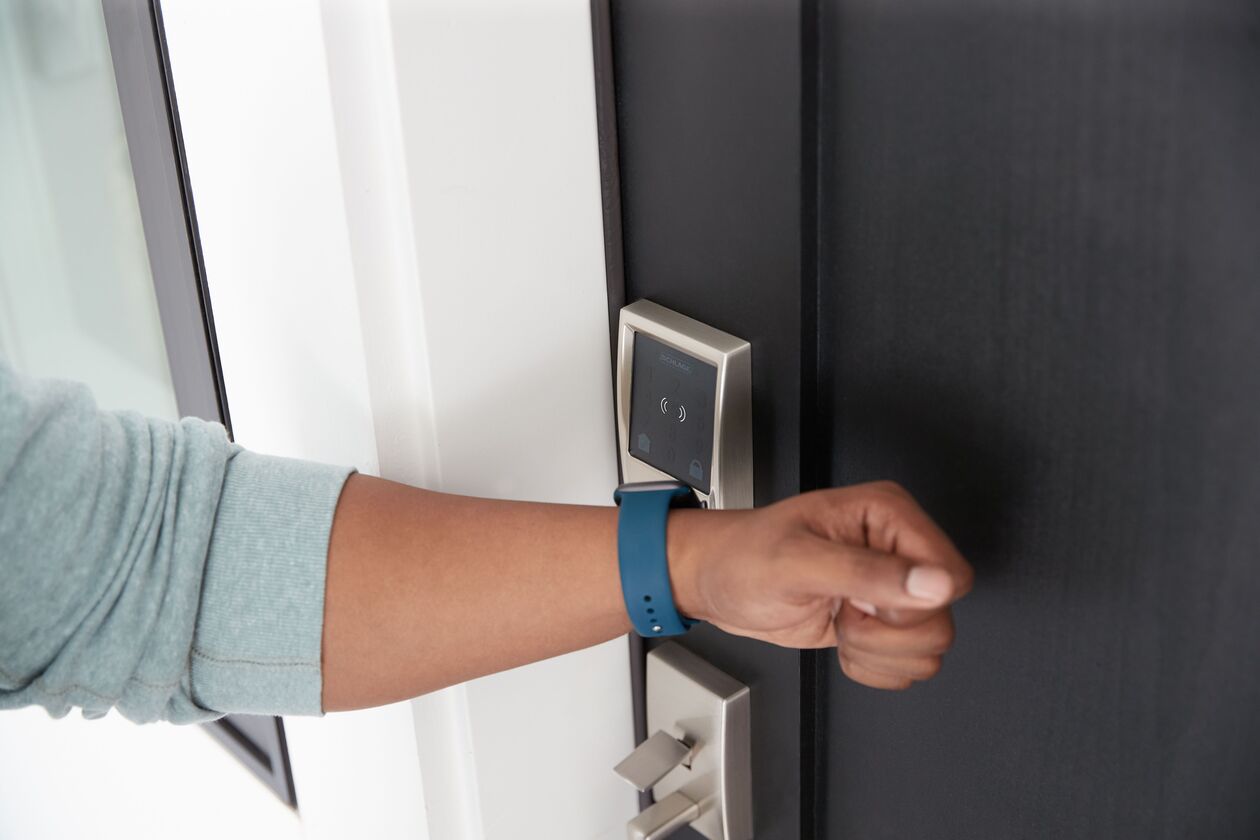

0 thoughts on “How To Lock Extension Ladder”